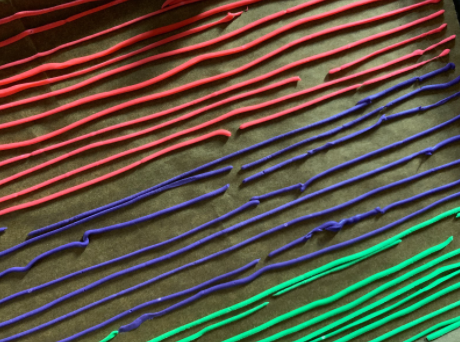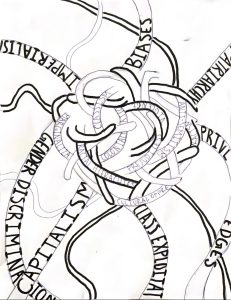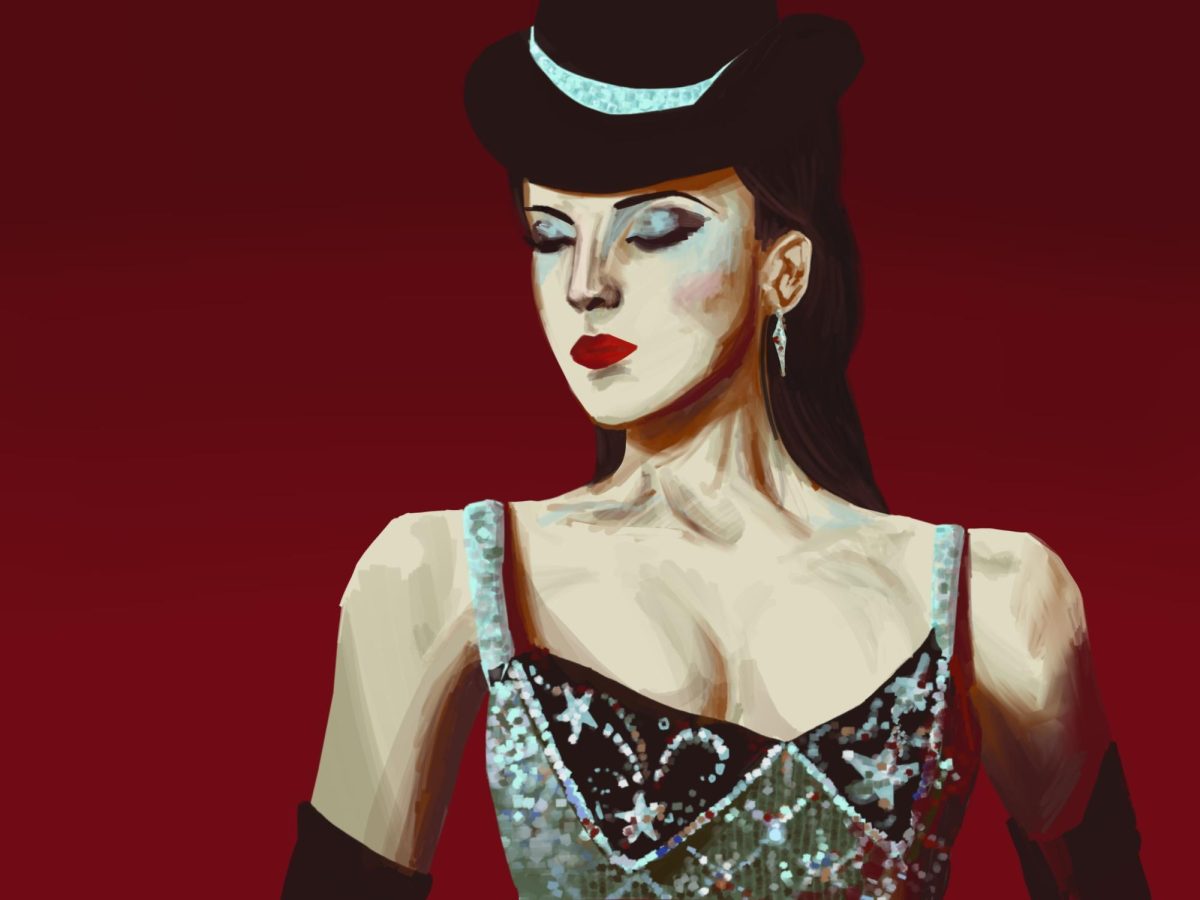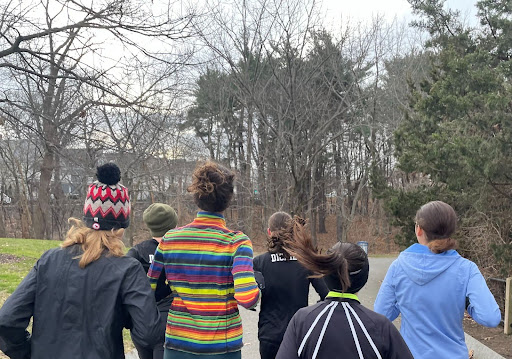Rainbow Sprinkles and the Science Behind Sugar

Pictured: rainbow sprinkles before they are chopped up.
June 16, 2020
Sugar is an extremely important and seemingly simple ingredient used in almost all sweets and pastries. Part of the reason why it’s so easy to use is that it’s pH-neutral, meaning it won’t react to baking soda or acids. Although there is some differentiation when it comes to dark or roasted sugar, the flavor profile is just sweet—nothing else to it! However, sugar is much more complex than it seems for many reasons. For example, chocolate melts into chocolate, and butter melts into butter, but sugar doesn’t melt into sugar. Instead, it decomposes into caramel. When sugar gets up to 366oF and “melts,” the chemical composition becomes extremely complex—scientists have found hundreds of different kinds of compounds. When water is added and stirred, the sugar is guaranteed to become crystalized; however, to troubleshoot this reaction, lemon juice or corn syrup can be added, especially around the edges of the pot because that is where the crystallization is more prone to occur. Agitation promotes crystallization. One recipe that uses mostly sugar is rainbow sprinkles. It can always be frustrating when sprinkles are too soft or taste like paper, however, the recipe below from Brave Tart, a great cookbook that explains some of the history and science behind simple recipes, creates tasty rainbow sprinkles for any occasion.
Ingredients
2 ¼ cups sifted powdered sugar
Pinch of salt
1 egg white
1 tsp vanilla extract
Food coloring (any colors and amounts you want!)
Any kind of extracts you want to use
Directions
Combine 2 cups of the powdered sugar, an egg white, salt, and vanilla in a stand mixing bowl and stir well. It should look like a paste. Place this over a double boiler (be cautious in making sure that the water isn’t touching the bottom of the bowl) and keep stirring until the mixture reaches 150oF on a digital or candy thermometer. Take the bowl off the heat and insert it back into the stand mixer and beat on medium-low speed with a paddle attachment. Add the remaining ¼ cup of sugar slowly until everything is incorporated. Continue beating for 3 minutes. This will make the paste more fluffy and smooth so that it can be easier to pipe later on. Separate the mixture into different bowls to make as many colors as you want. Add food dye and extract (I recommend using fruit extracts like strawberry, lemon, raspberry, cherry, coconut, banana, key lime, etc.). Transfer each color to its individual piping bag and cut or poke a tiny hole into the tip. Pipe the mixture into long thin lines and let them dry for 1-2 days so that they are hardened and crispy. Give them a rough chop and use them in cake batter or sprinkle them onto any dessert you want! They can be stored in an airtight container and used for up to a year.








